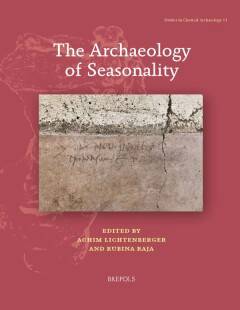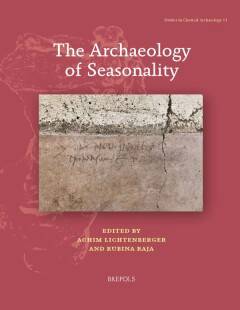
- Afhalen na 1 uur in een winkel met voorraad
- Gratis thuislevering in België vanaf € 30
- Ruim aanbod met 7 miljoen producten
- Afhalen na 1 uur in een winkel met voorraad
- Gratis thuislevering in België vanaf € 30
- Ruim aanbod met 7 miljoen producten
Zoeken
Omschrijving
Seasonality - the passage of time and the change in the environment across the course of a year - is universally recognized as having a major impact on the relationship between people and nature, yet it has rarely been examined as a topic of study in its own right. In the past, many areas of life were constrained and furthered by the cycle of the seasons, from the production of crops and grazing of animals in rural areas, to dress and diet, urban development, and religious activities. This volume offers an in-depth study of the impact of the seasons on the Graeco-Roman world, drawing on the archaeology of seasonality to open up new perspectives into the temporal dimension that underpins human activity, as well as offering fresh insights into space and spatial practices in the ancient world. The contributions draw on a wide range of archaeological evidence to explore the archaeology of the seasons from a number of different perspectives, including economic strategies, catastrophic events, religious activities, iconography, and the role of the individual. Together, they offer a pioneering new approach to classical archaeology that it is hoped will further our understanding of the temporal dimensions to archaeological evidence.
Specificaties
Betrokkenen
- Auteur(s):
- Uitgeverij:
Inhoud
- Aantal bladzijden:
- 431
- Taal:
- Engels
Eigenschappen
- Productcode (EAN):
- 9782503593951
- Verschijningsdatum:
- 31/08/2021
- Uitvoering:
- Paperback
- Formaat:
- Trade paperback (VS)
- Gewicht:
- 15417 g

Alleen bij Standaard Boekhandel
+ 254 punten op je klantenkaart van Standaard Boekhandel
Beoordelingen
We publiceren alleen reviews die voldoen aan de voorwaarden voor reviews. Bekijk onze voorwaarden voor reviews.








